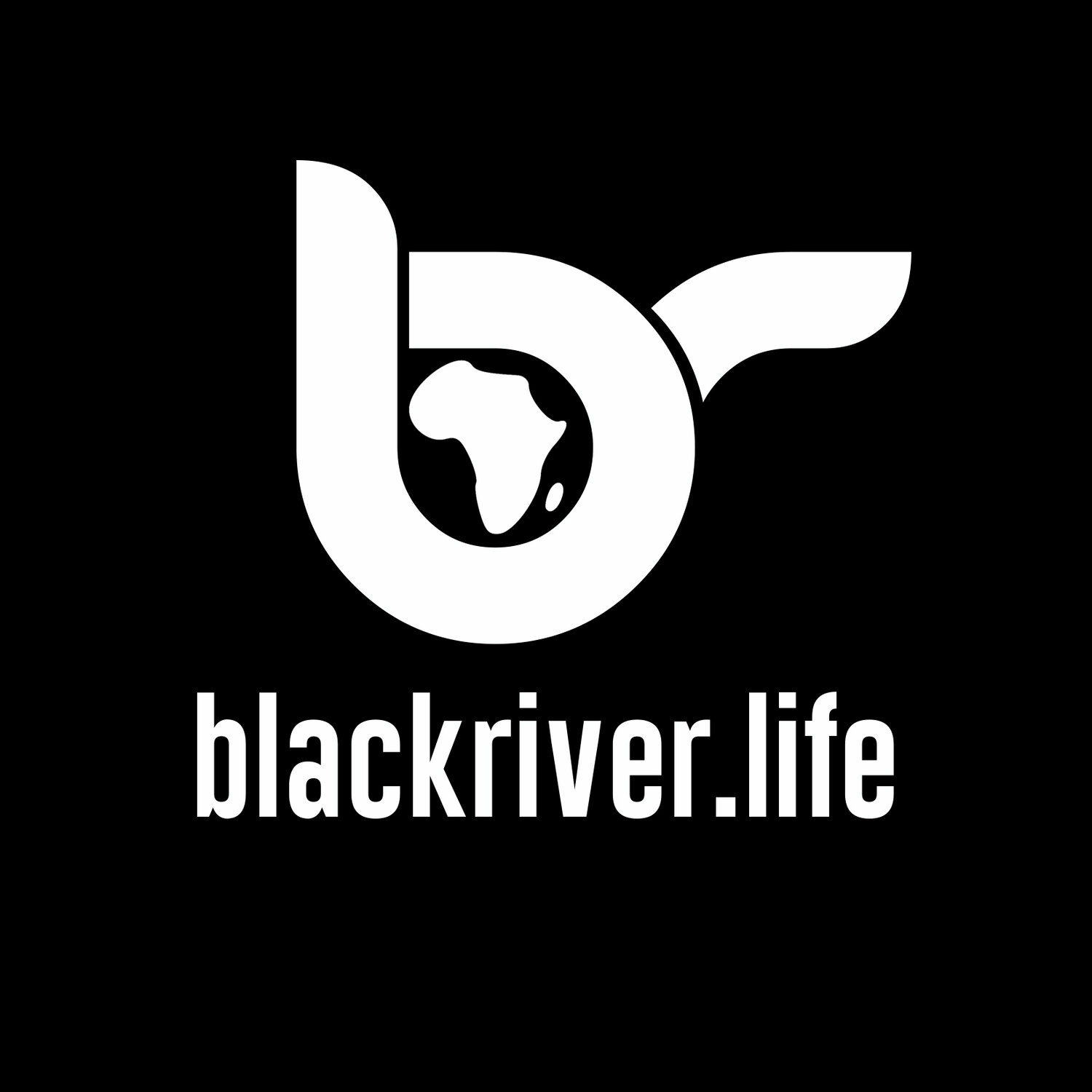"Riot to Repair" Brings Media Reparations to Life in Powerful Black Future Newsstand LA Debut
Photos by Halline Overby
By Black River Life News Team
LOS ANGELES — As spring unfolded in the West Adams district, more than 100 attendees gathered over the course of three powerful days for Black Future Newsstand Presents: Riot to Repair Soundscape Exhibition—an immersive multimedia experience that reimagined media, art, and technology as tools for justice and healing. This latest stop on the Black Future Newsstand tour centered the collective memory and cultural power of Black communities in the wake of the 2020 uprisings.
Co-presented by Media 2070, ZEAL Co-op, MediaJustice, the Charlotta Bass Journalism and Justice Lab at USC Annenberg, Racial Equity in Journalism Fund, Black River Life Media, and Axle Impact Studios, the event brought together a cross-section of artists, journalists, scholars, technologists, and community members—all invested in creating a vibrant and reparative media ecosystem.
Sound Alchemy and Healing
As a co-creative partner, Black River Life infused Riot to Repair with its signature cross-disciplinary approach. Co-founder Collette “Coco” Watson—a multidisciplinary artist, writer, and cultural strategist—channeled her deep commitment to music and narrative repair into the creation of Reverberations, a 15-minute original soundscape co-produced with acclaimed music producer Terry “20” Poindexter. The piece offers a sonic journey from grief to triumph, layering rich emotional textures with excerpts from interviews with Los Angeles-area residents reflecting on the George Floyd uprisings.
Poindexter, who began his musical journey in the church, brings over two decades of experience as a producer and engineer. His genre-spanning career includes collaborations with both independent and major-label artists, with credits at Jive Records, EMI Gospel, and Motown.
“Black River Life exists to transform the stories we tell about Black migration and belonging,” Watson shared.
“With Riot to Repair, we wanted to create a sensory experience that invites people to feel what reparative media can sound like, look like, and move like. It’s a blueprint for the kind of future we deserve.”
A Multimedia Portal into Repair
At the core of the exhibition were five boundary-breaking installations, each offering unique insights into the role of media and culture in collective healing:
“Riot to Repair: Community Archives on Media and Narrative Power” featured intimate audio interviews developed with USC’s Charlotta Bass Lab, capturing the lived experiences of community members during the 2020 uprisings and the aftermath of George Floyd’s murder.
“Black Future Newsstand” reimagined a media landscape rooted in care, staged as a grandmother’s living room and featuring over 19 publications and a companion syllabus exploring media reparations.
“Reverberations,” a 15-minute original soundscape by Black River Life offering a sonic journey from grief to triumph through musical and atmospheric elements interwoven with the Charlotta Bass Lab’s archival audio.
“Windows of Opportunity,” a futuristic augmented reality installation from designer Dela Wilson and developer Richard Smith, invited guests to explore financial imagination and structural repair.
A ZEAL-curated art gallery showcased works by April Banks, Glen Wilson, Hasef, Jeanne Anne Heo, Lexis Olivier-Ray, and Shawn Escoffery, chronicling the rupture and resilience of 2020 through visual storytelling.
Thought Leadership on the Future of Media
Across the exhibition’s panels and conversations, a powerful lineup of speakers shared insights on Black creativity, archival justice, and the movement for media reparations. Highlights included:
Dr. Allissa Richardson on the evolution of mobile journalism in times of crisis
Joseph Torres on the policy landscape for media justice
Aaricka Washington, Anshantia “Tia” Oso, and Diamond Hardiman on narrative strategy as a tool for liberation
Arianne Edmonds Thompson and Alli Simon on Black memory and community well-being
Eteng Ettah and Myaisha Hayes on national organizing and cultural strategy
“This felt like a deeply curated, intentional community,” one participant shared. “Funders, students, artists, technologists—we all came together to witness what’s possible when repair is the goal.”
Featured Publications
From headphone-accompanied walkthroughs to brunch conversations, attendees praised the event’s emotional depth and visionary execution. “I feel like I’ve found my people,” said one guest. Another noted, “This helped me understand reparative journalism in a real, tangible way.”
The Black Future Newsstand installation itself featured over 19 publications that offered a window into the power of archival truth-telling and restorative storytelling. Among the works on display were Bearing Witness While Black: African Americans, Smartphones, and the New Protest #Journalism, My Grandmother’s Hands, Working the Roots, and Rooted, each offering layered perspectives on Black trauma, healing, and resistance. Publications like AFROLA, Umber Magazine, Black Archives, A Photographic Celebration of Black Life, and The Kitchen Table Series reflected the enduring role of Black archives in shaping a media future rooted in dignity and repair.
With its bold, collaborative spirit, the LA activation was more than an exhibition—it was a living archive, a healing ritual, and a glimpse into a future where Black stories and narratives are lovingly stewarded by Black hands.
Explore More and Get Involved
Check out the gallery of event photos here. To stay involved or learn how to host an upcoming Black Future Newsstand activation, follow @media2070 or visit mediareparations.com.




















